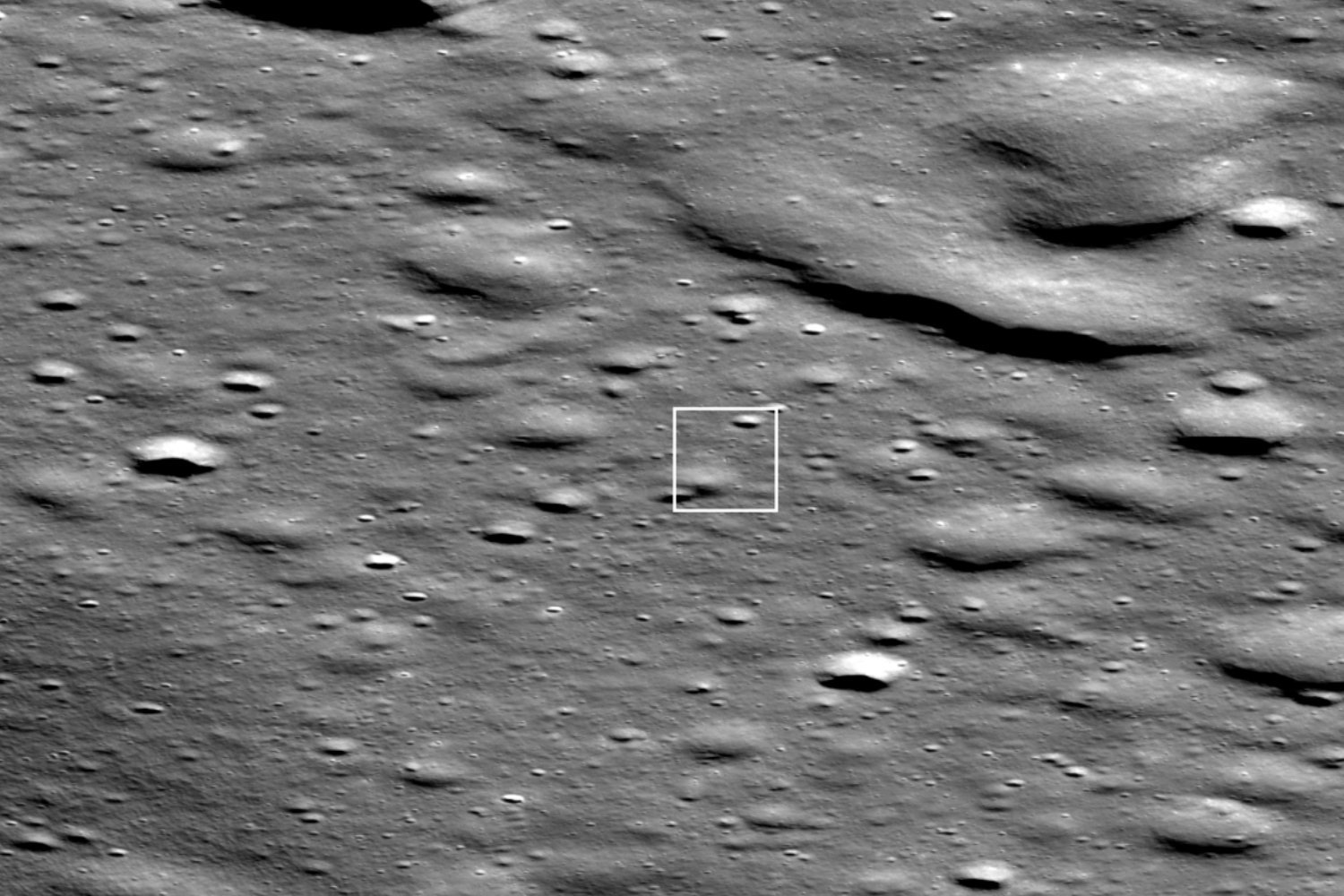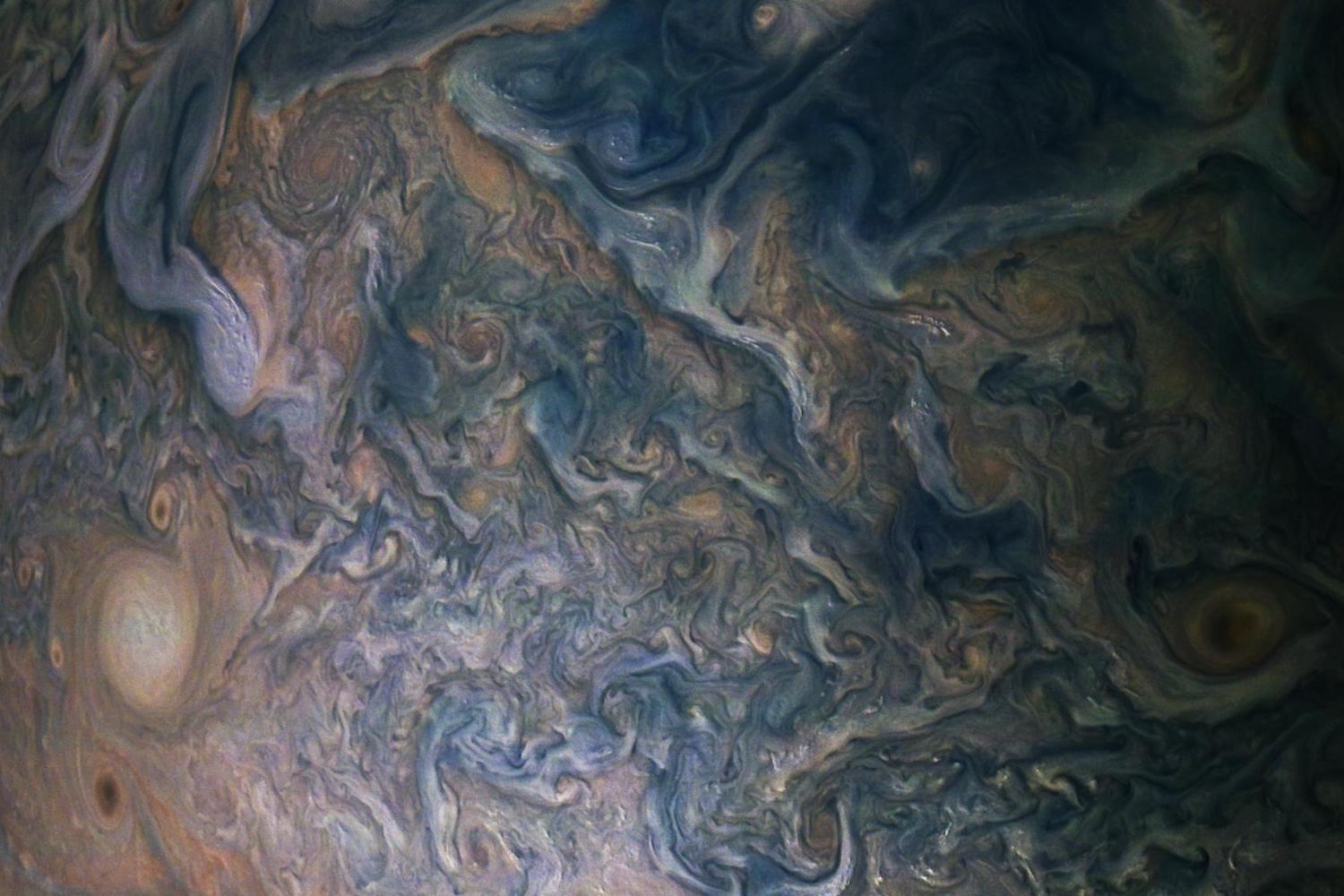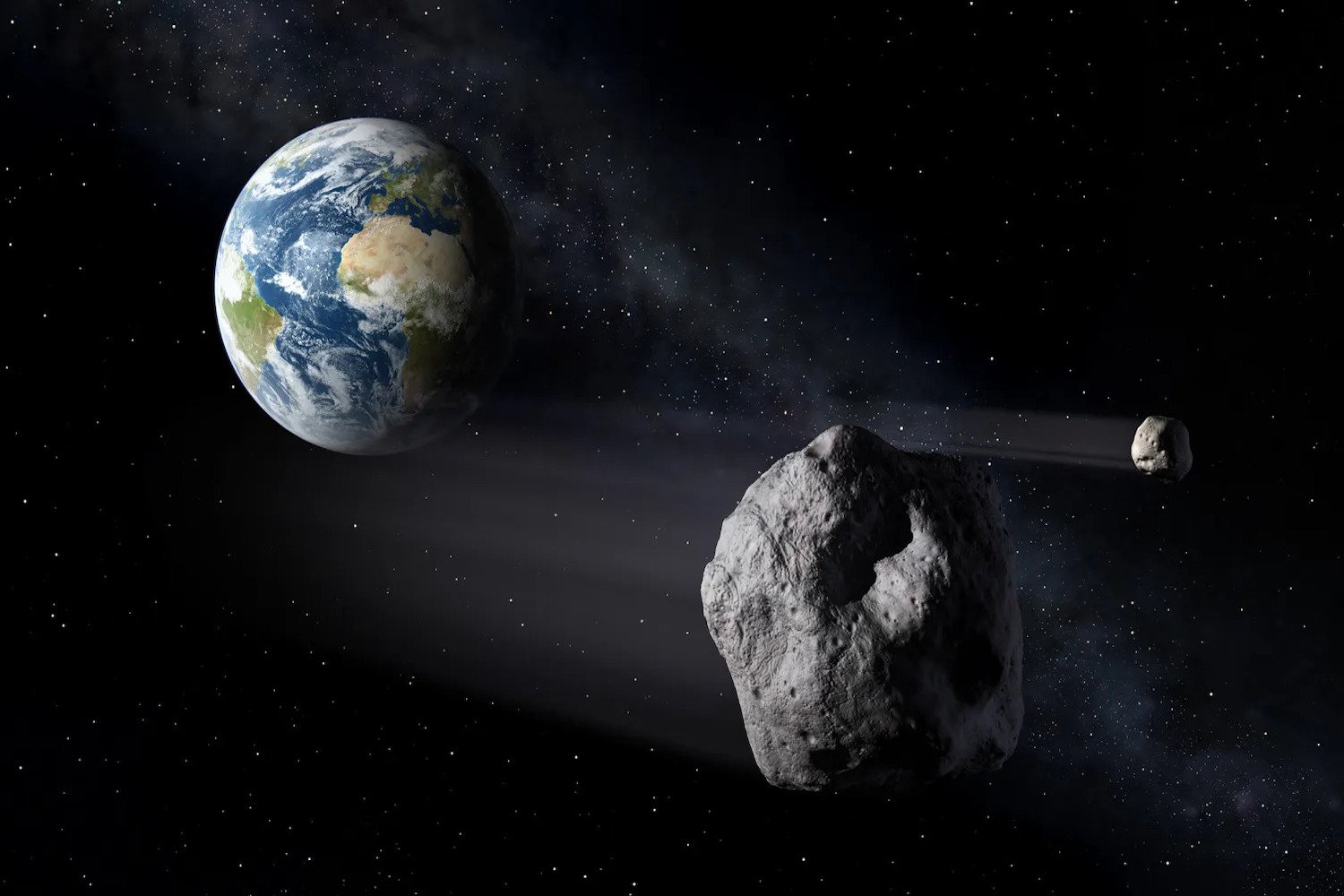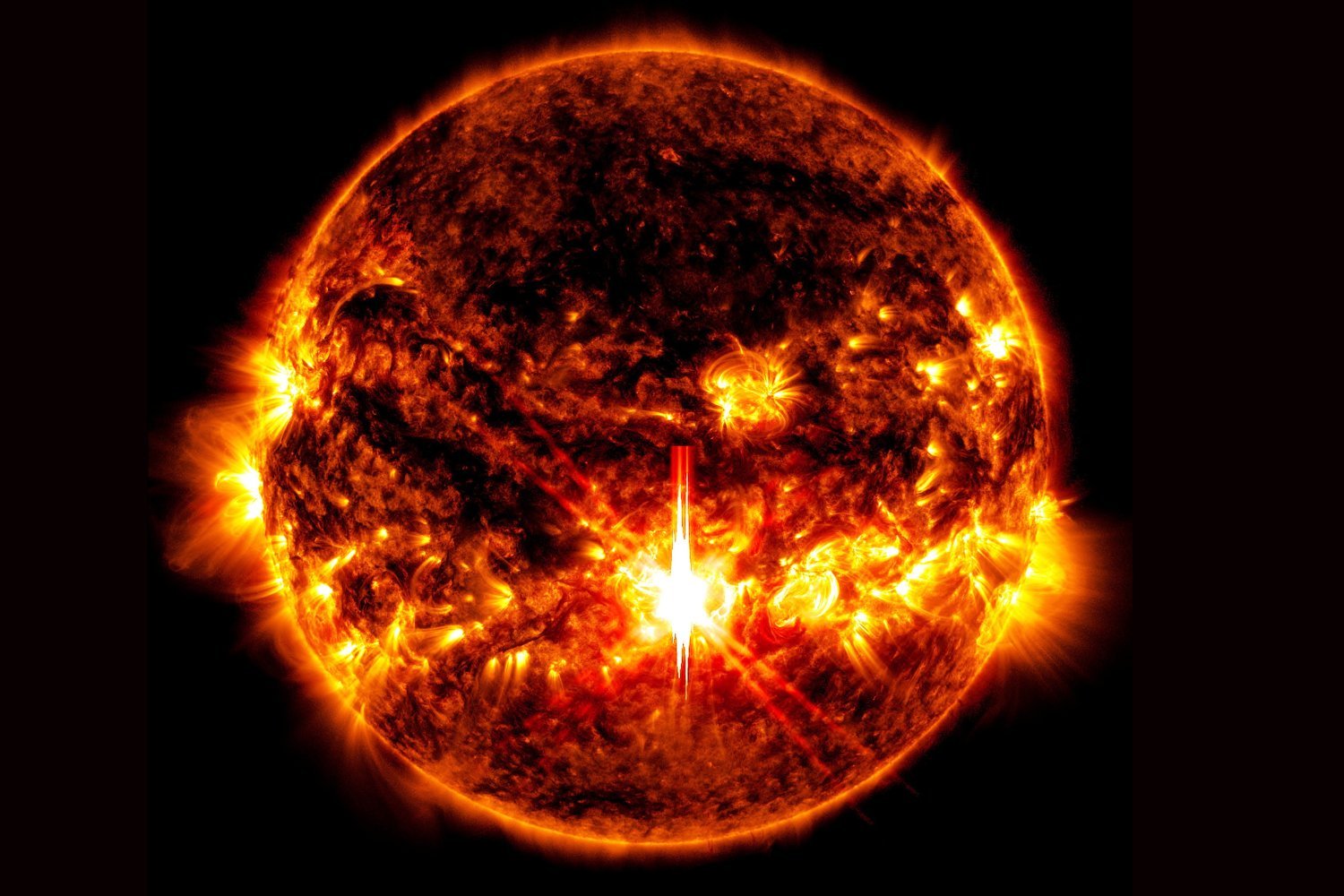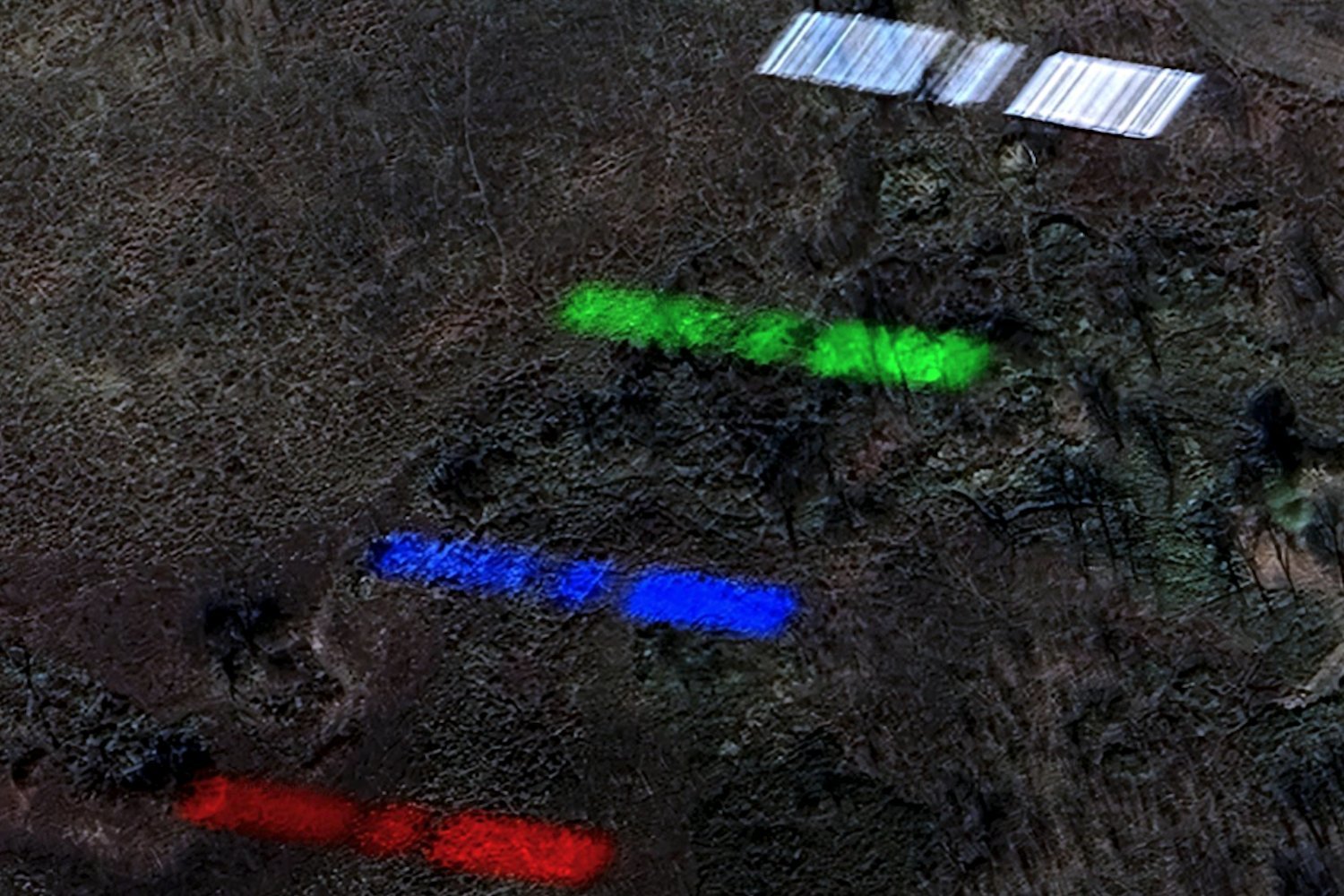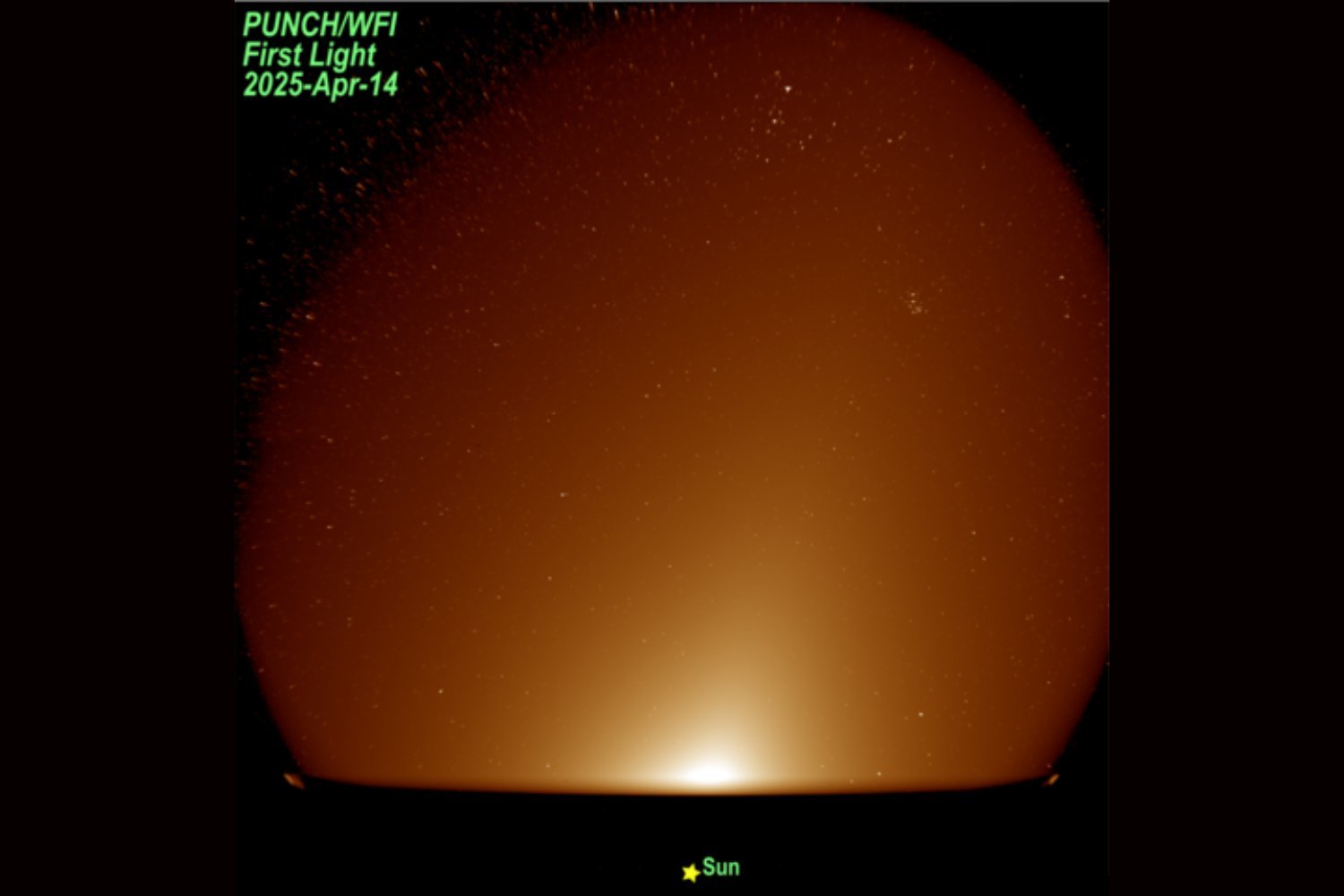Firefly Aerospace’s Blue Ghost lunar lander, a challenging subject to photograph, has been successfully imaged on the Moon’s surface by NASA’s Lunar Reconnaissance Orbiter (LRO). This achievement highlights the impressive surveillance capabilities of the orbiting spacecraft. Blue Ghost completed its 45-day journey to the Moon, landing early Sunday morning in Mare Crisium, a crater formed by an ancient asteroid impact. Yesterday, remarkable landing footage from the lander itself was released, providing a sharp view of the lunar terrain.
The LRO captured the image on March 2, 2025, using its Narrow Angle Cameras from approximately 109 miles (175 kilometers) east of the Blue Ghost landing site.
 The Firefly Blue Ghost Lander, a single pixel casting a shadow within the inset box.
The Firefly Blue Ghost Lander, a single pixel casting a shadow within the inset box.
While the image doesn’t offer a high-resolution view of the lander due to the LRO’s orbital perspective, Blue Ghost appears as a single white pixel casting a shadow within the marked area. The base of Mons Latreille, a lunar mountain within Mare Crisium, is visible in the lower left corner of the wider image.
The lander’s mission, known as Ghost Riders in the Sky, involves deploying 10 NASA Commercial Lunar Payload Services (CLPS) demonstration instruments. For live updates on the mission’s progress, visit the Firefly website.
Since its lunar touchdown, Blue Ghost has begun deploying its payloads, collecting samples of lunar regolith (Moon rock), and capturing additional images from the surface. Over the course of a lunar day (two weeks), the lander will analyze the lunar surface using NASA instruments. These instruments will provide valuable data to scientists, contributing to our understanding of the Moon and paving the way for a sustained human presence.



